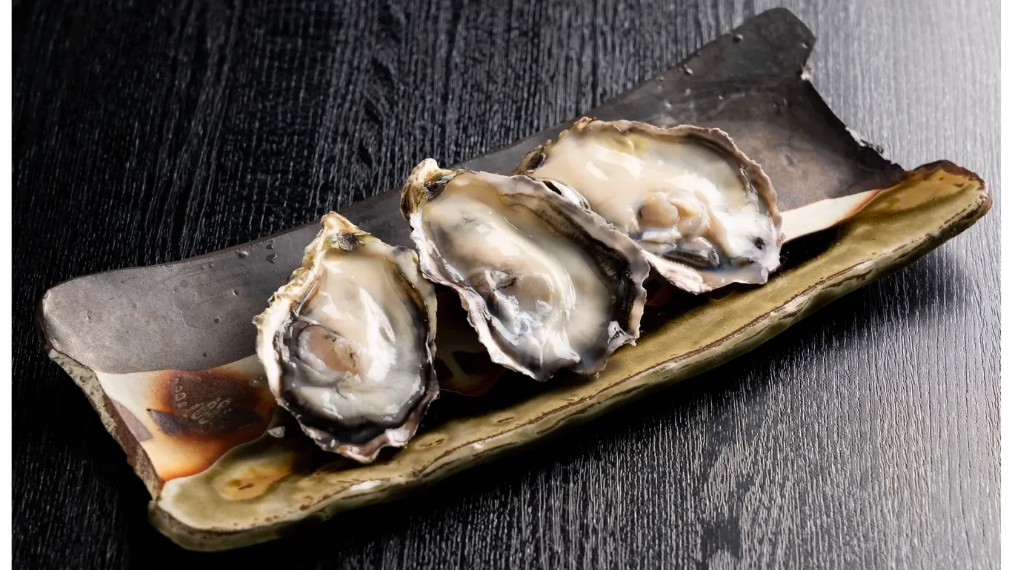

The world's oyster production ranks 1st China 5.42 million tons, 2nd South Korea 325,000 tons, 3rd United States 183,000 tons, and 4th Japan 158,000 tons. (FY2020)
The main harvesting areas in Japan are Hiroshima (1st), Miyagi (2nd), Okayama (3rd), and Hyogo (4th). In 2019, Hyogo Prefecture, the base of Harima Ocean Farm, is number one in Japan in both export value and volume.
The exporting countries from Japan are: 1st Hong Kong 40%, 2nd China 30%, 3rd Taiwan 16%, 4th Singapore less than 6%, and 5th Thailand less than 5%.
Recently, oysters are exported all year round regardless of the season due to the improvement of aquaculture technology, but Harima Ocean Farm's motto is to fully fatten oysters in winter when they are in season, and Harikai Oysters are highly evaluated for their pure and deep taste which cannot be tasted anywhere else.
Recently, oysters are exported all year round regardless of the season due to the improvement of aquaculture technology, but Harima Ocean Farm's motto is to fully fatten oysters in winter when they are in season, and Harikai Oysters are highly evaluated for their pure and deep taste which cannot be tasted anywhere else.
Oysters contain about 70-80% water, and their taste varies completely depending on which ocean they are grown in and the environment in which they grow. Even overseas, Japanese oysters are always highly regarded as safe to eat.
One of the issues facing the oyster industry in Japan is the aging of the population in the production areas and the shortage of labor, as farmed oysters require a lot of manpower before they can be shipped out. In addition, due to the effects of global warming, there is a need for production methods that match the latest conditions and for more efficient production, and the gap in quality between companies that can respond and those that cannot is widening.
In order to meet the needs for high quality oysters at home and abroad, we have an environment in which we can export high quality frozen oysters by improving production efficiency and refining our own technology.
